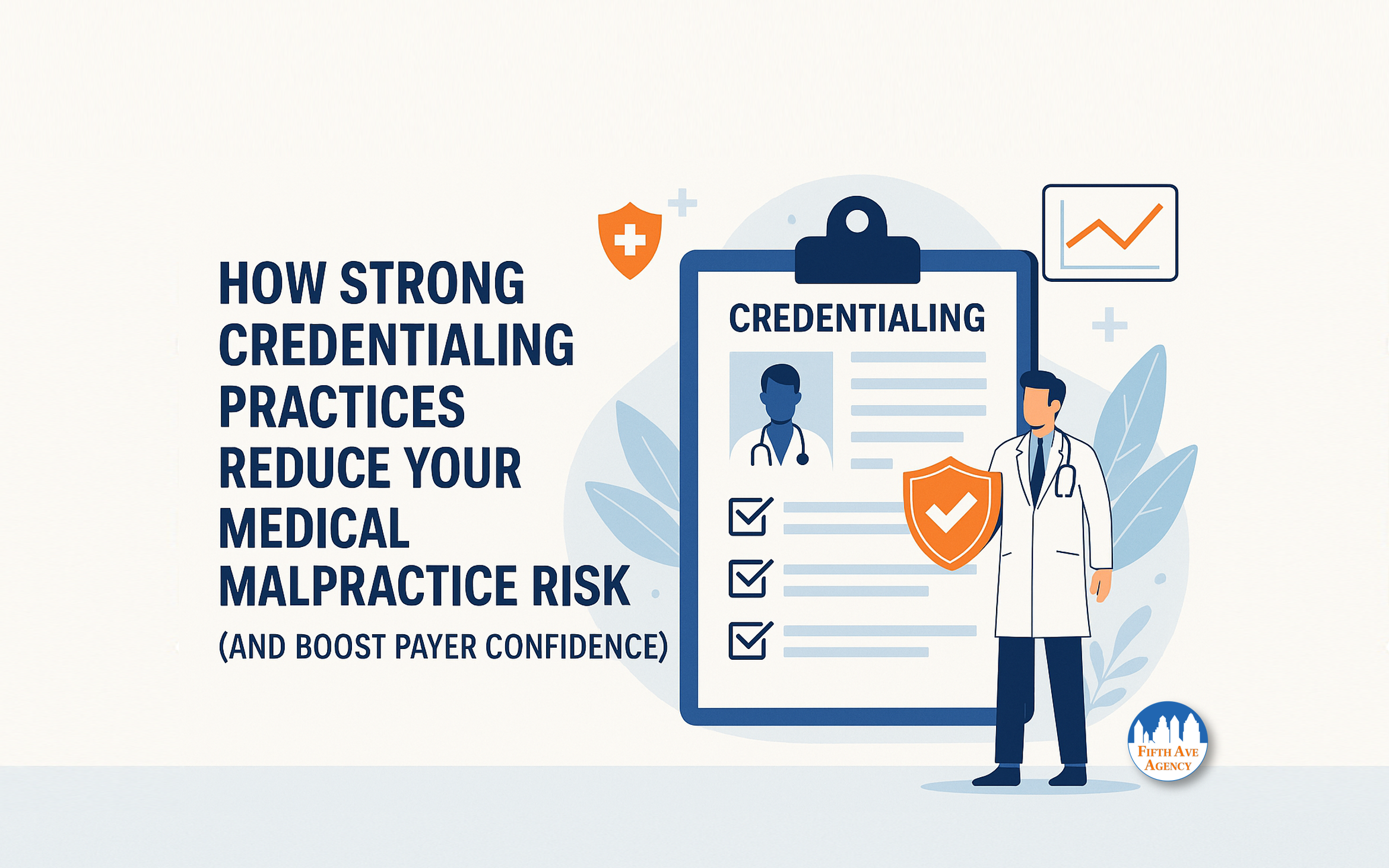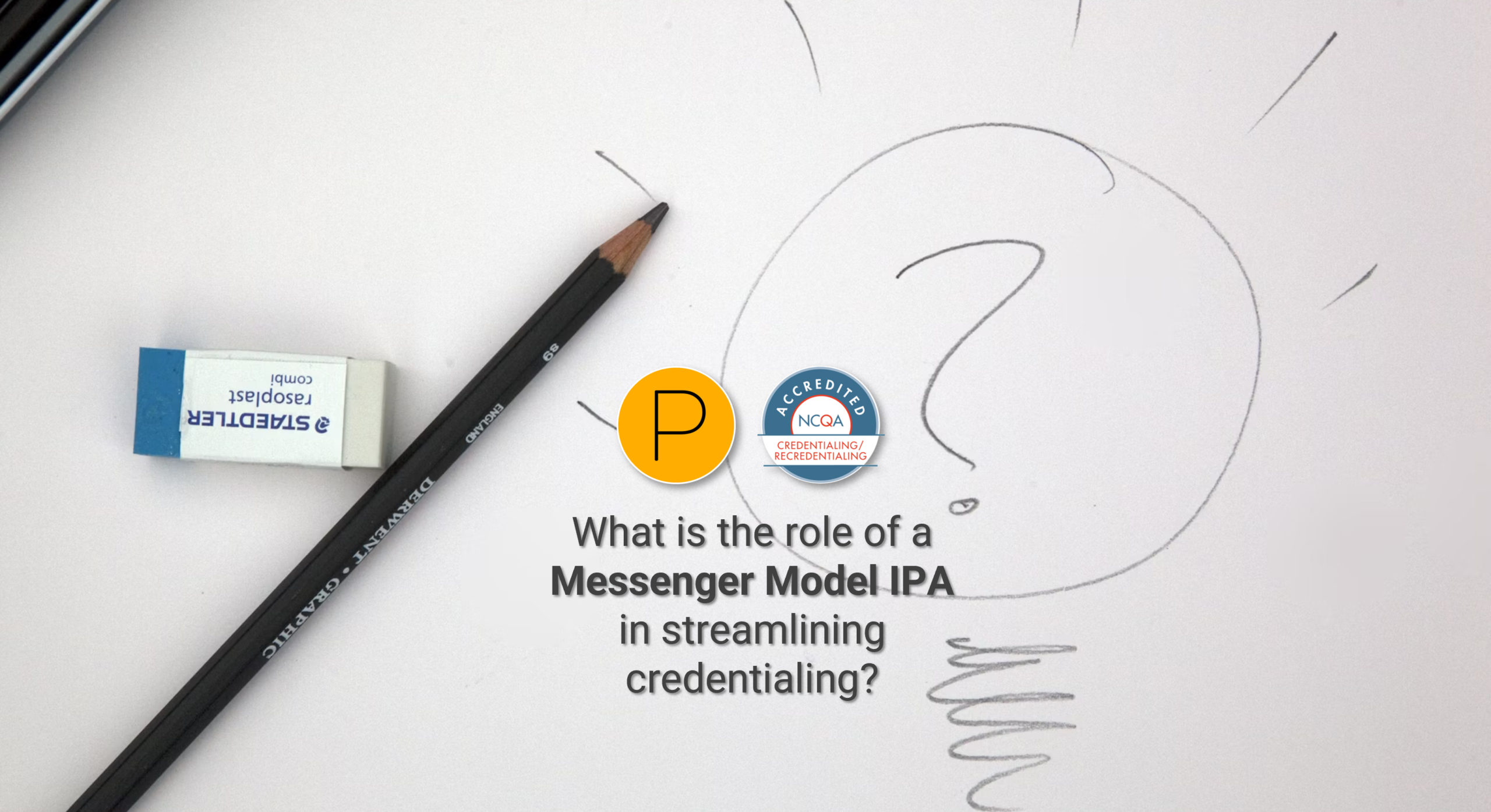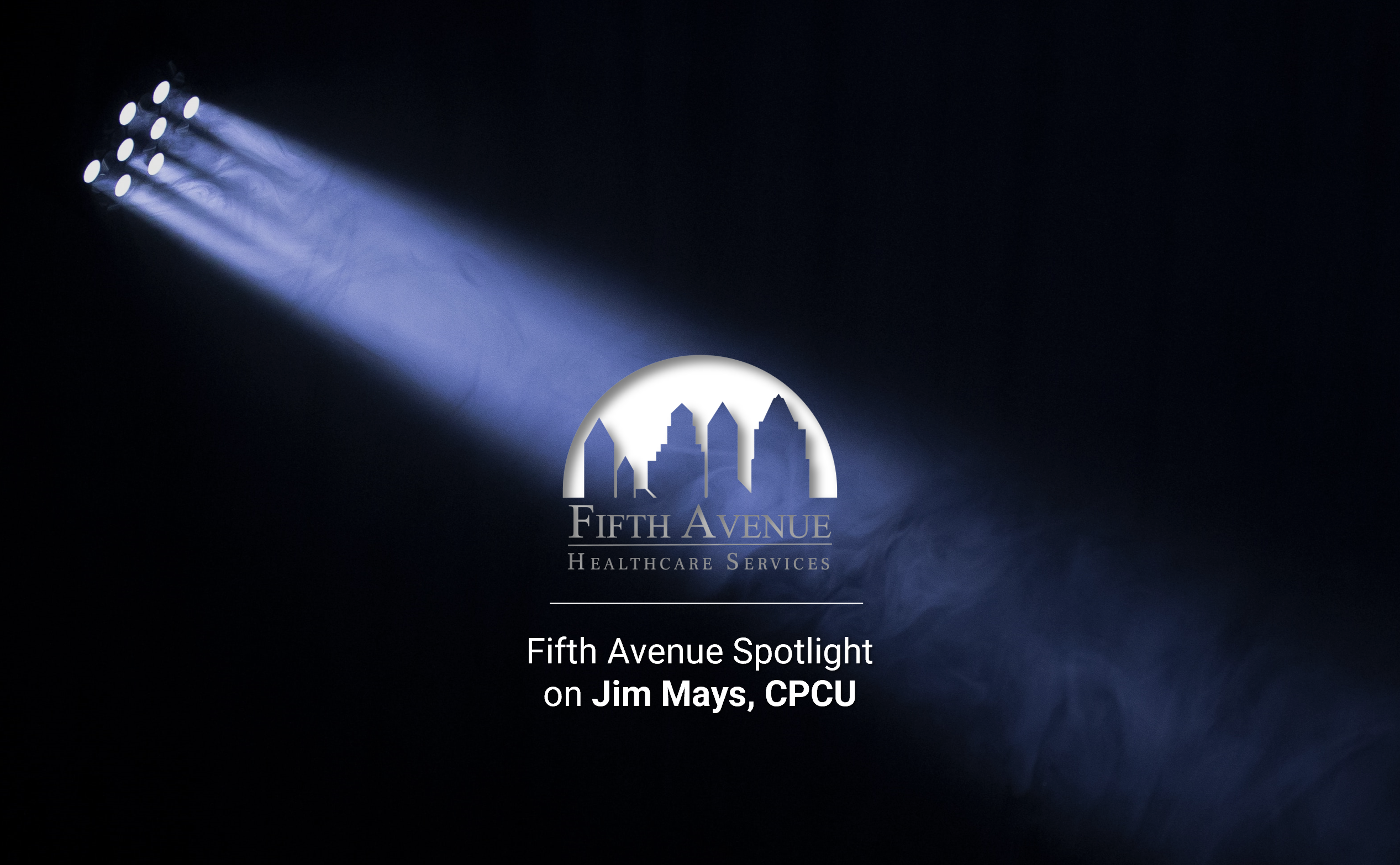At its core, medical malpractice is defined as a cause for legal action resulting from a medical professional or healthcare provider causing harm, injury, or death to someone in their care — either through neglect, omission, or some other deviation from their stated duties.
A person might claim medical malpractice if mistakes were made in the diagnosis, treatment, aftercare, or health management processes, especially if the cause of these errors was negligence. For a medical malpractice claim to be judged legitimate, the plaintiff must establish the four elements of medical malpractice.
Medical malpractice insurance is necessary for healthcare providers and medical organizations of all sizes across specialties. According to the Journal of the American Medical Association (JAMA), the average payout for medical malpractice is $329,565. This number encompasses verdicts and settlements; individual payouts vary widely according to the area of medicine involved (Morgan & Morgan).
The following are the top five average malpractice awards by field of medicine, arranged from highest to lowest according to Morgan & Morgan:
- Pathology: $473,957
- Neurosurgery: $469,222
- Gastroenterology: $390,538
- General Practice: $235,789
- Dermatology: $189,065
With most providers facing a medical malpractice claim sometime in their career, insurance will help lessen the financial risks associated with such claims.
Medical Malpractice Lawsuits
According to peronalfinance.com, Ongoing expenses to prepare and mount a medical malpractice case average around $20,000-$50,000, but in complicated situations, it can be $50,000-$100,000 and up for costs such as expert medical testimony, obtaining extensive records, or using technology to demonstrate the negligence and injury.
Neither plaintiffs nor defendants want to be in such an expensive, drawn-out situation. Insurance companies also play an overlooked part in malpractice litigation. They usually seek a quick resolution to malpractice claims.
Insurers want to limit the costs that it incurs during the settlement process. These costs can grow the longer the process lasts, whether the lawsuit involves injuries sustained from a faulty product or medical malpractice. A hammer clause is an insurance policy clause that allows insurers to cap these expenses and shorten the litigation proceedings.
Overview of the Hammer Clause
The consumer viewpoint is that a hammer clause aids the insurer in pressuring the insured to settle a claim. The insurer is the figurative hammer, and the insured party is the nail. Hammer clauses are also known as “blackmail clauses,” “settlement cap provisions,” and “consent to settlement provisions.”
Hammer clauses permit the insurer to force the insured party to settle by limiting the amount of indemnification, compensation for harm or loss, that it is willing to offer. This limit is often the amount the insurer thinks the settlement is worth.

If the insured party refuses to settle and decides to fight the medical malpractice lawsuit, the insurance policy limits drop to the amount of the settlement proposed by the insurer. The insurer is absolved of a legal obligation to defend the insured who refuses to settle. The insured party may then be responsible for their defense costs and any damages valued above the limit.
The insured party usually wants to reduce the amount of money they might owe in a settlement. Since they will not incur legal fees, they have less motivation to complete payment if they are not satisfied with the amount, resulting in a longer settlement process and more legal fees for the insurer.
Hammer clauses protect insurers from expending excessive amounts of money in lawsuit fees. However, insured parties might choose to fight lawsuits because they either believe they did nothing wrong or feel the litigation might adversely affect their professional reputation. BInsuredparties take on the financial risk of continuing the legal battle by not settling
Two types of hammer clauses include:
- Hard hammer clauses enable insurers to cap their payouts. The insured party is responsible for any excess expenses and fees.
- Soft hammer clauses permit the insurer to share the financial risk of the insured party who chooses not to accept a settlement. These are also known as coinsurance hammer clauses. The most common soft hammer clause is an 80/20 clause. This clause dictates that the insurer is responsible for 80% of the expenses and fees, and the insured party is responsible for the remaining 20%.
Two hammer clause examples include:
- A healthcare provider has a hard hammer clause written into their insurance policy and faces a $1 million malpractice claim. The insurer wants to settle for $100,000, but the provider wants to take the case to court. The insurer caps its payout at $100,000 plus court fees up to this point. The judge rules in the plaintiff’s favor, and the provider must pay $1 million. The insurer will only cover $100,000 plus court fees. The provider is responsible for the difference.
- Another healthcare provider has an 80/20 soft hammer clause in their insurance policy. They face a $1 million malpractice claim. The insurer wants to settle for $100,000, but the provider wants to take the case to court. The judge rules against the provider. The insurer will pay $800,000, while the provider must make up the difference.
Summary
Hammer clauses can give insurers more control over the insured. Suppose a hammer clause exists in an insurance policy. In that case, a healthcare provider facing medical malpractice litigation can either accept a settlement offer ending the lawsuit or be liable for their legal expenses. It is essential for healthcare providers seeking medical malpractice insurance to understand how hammer clauses could impact them.
More information about Fifth Avenue Agency
Fifth Avenue Agency specializes in MPLI and medical malpractice insurance, serving 1000s of providers nationwide. Fifth Avenue Agency is part of the Fifth Avenue Healthcare Services family. Sister companies include 5ACVO (credentialing and primary source verification specialists) and Primoris Credentialing Network (credentialing and provider enrollment specialists with 54+ health plan and network provider enrollment options).
Fifth Avenue Agency initially published this article here. For information on Fifth Avenue Agency, please visit FifthAvenueAgency.com or Contact Us.














